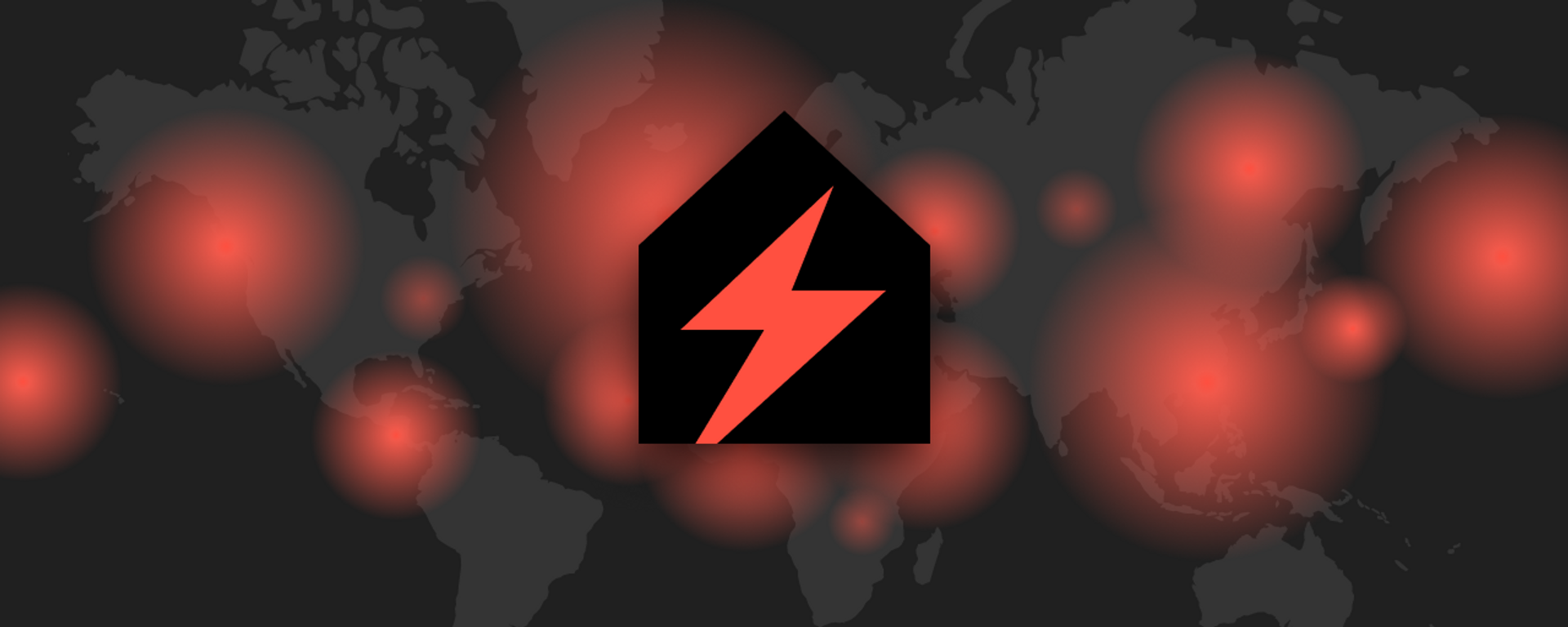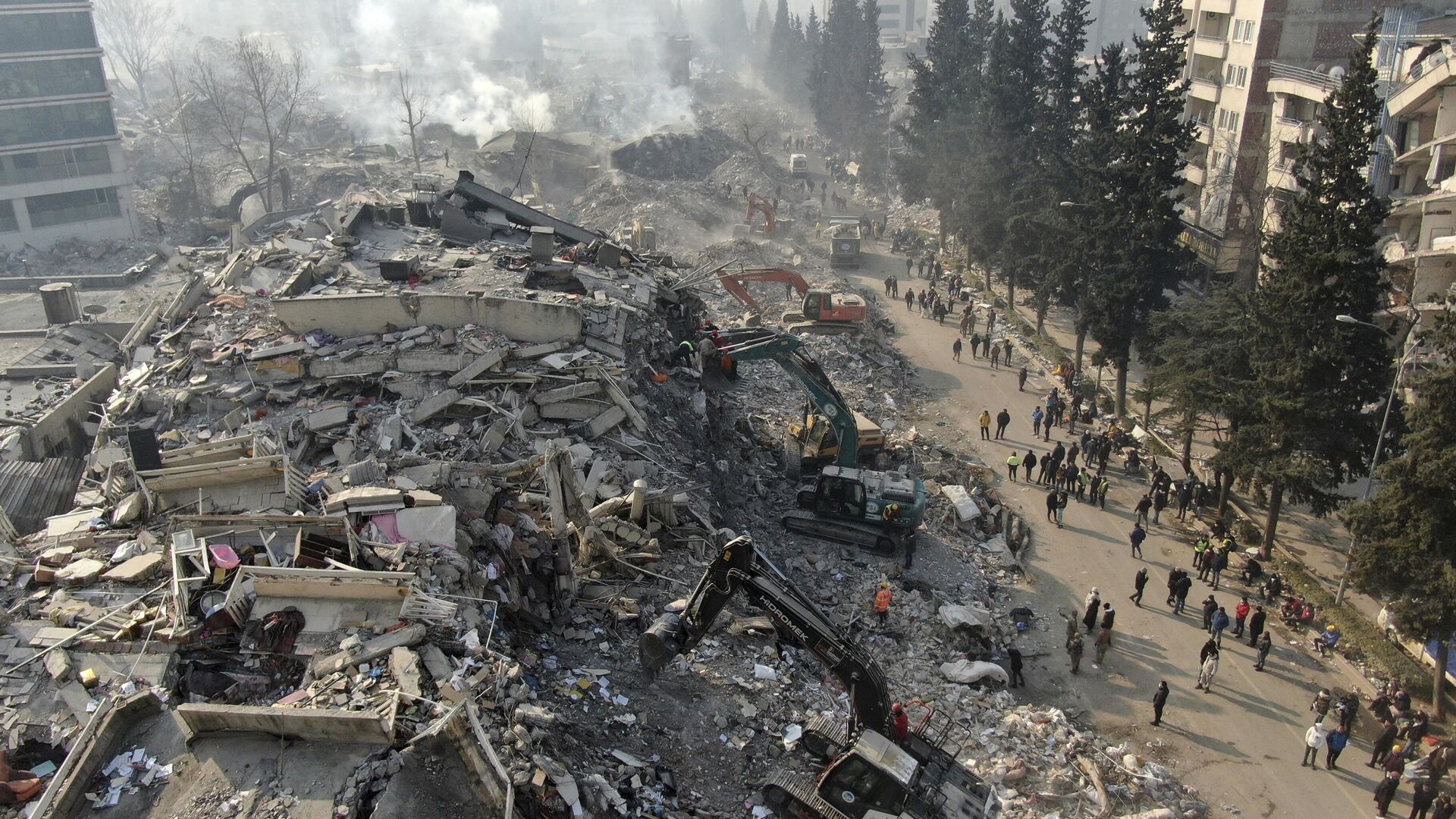https://sputnikglobe.com/20230322/top-5-earthquakes-that-caused-death-destruction-and-nuclear-disasters-around-the-globe-1108693157.html
Top 5 Earthquakes That Caused Death, Destruction and Nuclear Disasters Around the Globe
Top 5 Earthquakes That Caused Death, Destruction and Nuclear Disasters Around the Globe
Sputnik International
Here are a few examples of powerful earthquakes that caused untold death and destruction during the 20th and the 21st century during the period when an earthquake’s magnitude could be properly gauged via seismograph.
2023-03-22T16:25+0000
2023-03-22T16:25+0000
2023-03-23T11:19+0000
sputnik explains
earthquakes
death toll
destruction
history
https://cdn1.img.sputnikglobe.com/img/07e7/02/0b/1107339550_1:0:3640:2047_1920x0_80_0_0_950fa21d3cd57836a40cfb5be38678de.jpg
While the tremor was also felt in neighboring India, in terms of damage and loss of life it was a far cry from the magnitude 7.7 earthquake that ravaged Turkiye and Syria on February 6, killing tens of thousands in both countries and leveling numerous buildings in the affected area.With all the death and destruction it left in its wake, the February earthquake became one of the most powerful and deadliest such disasters to befall mankind in the past several decades.Here are a few examples of powerful earthquakes that caused untold death and destruction during the 20th and the 21st century during the period when an earthquake’s magnitude could be properly gauged via seismograph. Valdivia EarthquakeThe Valdivia earthquake of 1960, also known as the Great Chilean Earthquake, became the most powerful earthquake in recorded history.A magnitude 9.5 tremor occurred near the city of Valdivia in southern Chile on May 22 that year, killing over 1,500, injuring about 3,000 and leaving about two million people homeless.The quake also produced a powerful tsunami that devastated coastal communities in the Pacific.2004 Indian Ocean EarthquakeOn December 26, 2004, an undersea earthquake of about 9.1 magnitude occurred off the coast of the island of Sumatra, Indonesia.The massive tsunami caused by that quake ended up killing over 220,000 people in South and Southeast Asian countries such as Thailand, Indonesia, Sri Lanka and India.The tsunami also devastated numerous coastal areas, with total damage wrought by the natural disaster estimated at about $13 billion dollars.2011 Tohoku EarthquakeThe most powerful earthquake in Japan’s history happened on March 11, 2011, in the Pacific Ocean, off the country’s coast in the Tohoku region.While the ensuing powerful tsunami killed at least 19,000 people in Japan, it also triggered the disaster at the Fukushima Daiichi Nuclear Power Plant – a nuclear incident whose scope rivaled even that of the Chernobyl nuclear disaster.The consequences of the Fukushima nuclear disaster will likely be felt for decades to come: not only thousands of Japanese people were forced to evacuate their homes due to the threat of radiation exposure, but the incident resulted in the dispersal of radioactive material into the air and sea.Spitak EarthquakeOn December 7, 1988, a magnitude 6.8 earthquake occurred near the city of Spitak in Armenia, then part of the Soviet Union, killing at least 25,000.This calamity also led to the shutdown of the Armenian Nuclear Power Plant due to safety concerns, although no nuclear accident occurred at the facility because of the earthquake.1964 Alaska EarthquakeOn March 27, 1964, one of the most powerful earthquakes ever recorded occurred in Alaska at the Prince William Sound.Despite occurring in a relatively sparsely populated area of the United States, the magnitude 9.2 tremor and the subsequent tsunamis resulted in the death of about 131 people.
https://sputnikglobe.com/20230210/threat-from-below-countries-most-affected-by-earthquakes-1107311528.html
Sputnik International
feedback@sputniknews.com
+74956456601
MIA „Rossiya Segodnya“
2023
News
en_EN
Sputnik International
feedback@sputniknews.com
+74956456601
MIA „Rossiya Segodnya“
Sputnik International
feedback@sputniknews.com
+74956456601
MIA „Rossiya Segodnya“
largest earthquakes ever recorded, biggest earthquakes in history, biggest earthquake in the world, biggest earthquake ever, strongest earthquake, deadliest earthquake, earthquakes history
largest earthquakes ever recorded, biggest earthquakes in history, biggest earthquake in the world, biggest earthquake ever, strongest earthquake, deadliest earthquake, earthquakes history
Top 5 Earthquakes That Caused Death, Destruction and Nuclear Disasters Around the Globe
16:25 GMT 22.03.2023 (Updated: 11:19 GMT 23.03.2023) A magnitude 6.5 earthquake rocked Afghanistan and Pakistan on March 22, with at least 13 deaths being reported in its wake.
While the tremor was also felt in neighboring India, in terms of damage and loss of life it was a far cry from the magnitude 7.7 earthquake that ravaged Turkiye and Syria on February 6, killing tens of thousands in both countries and leveling numerous buildings in the affected area.
With all the death and destruction it left in its wake, the February earthquake became one of the most powerful and deadliest such disasters to befall mankind in the past several decades.
Here are a few examples of powerful earthquakes that caused untold death and destruction during the 20th and the 21st century during the period when an earthquake’s magnitude could be properly gauged via seismograph.
The Valdivia earthquake of 1960, also known as the Great Chilean Earthquake, became the most powerful earthquake in recorded history.
A magnitude 9.5 tremor occurred near the city of Valdivia in southern Chile on May 22 that year, killing over 1,500, injuring about 3,000 and leaving about two million people homeless.
The quake also produced a powerful tsunami that devastated coastal communities in the Pacific.
2004 Indian Ocean Earthquake
On December 26, 2004, an undersea earthquake of about 9.1 magnitude occurred off the coast of the island of Sumatra, Indonesia.
The massive tsunami caused by that quake ended up killing over 220,000 people in South and Southeast Asian countries such as Thailand, Indonesia, Sri Lanka and India.
The tsunami also devastated numerous coastal areas, with total damage wrought by the natural disaster estimated at about $13 billion dollars.

10 February 2023, 10:38 GMT
The most powerful earthquake in Japan’s history happened on March 11, 2011, in the Pacific Ocean, off the country’s coast in the Tohoku region.
While the ensuing powerful tsunami killed at least 19,000 people in Japan, it also triggered the disaster at the Fukushima Daiichi Nuclear Power Plant – a nuclear incident whose scope rivaled even that of the Chernobyl nuclear disaster.
The consequences of the Fukushima nuclear disaster will likely be felt for decades to come: not only thousands of Japanese people were forced to evacuate their homes due to the threat of radiation exposure, but the incident resulted in the dispersal of radioactive material into the air and sea.
On December 7, 1988, a magnitude 6.8 earthquake occurred near the city of Spitak in Armenia, then part of the Soviet Union, killing at least 25,000.
This calamity also led to the shutdown of the Armenian Nuclear Power Plant due to safety concerns, although no nuclear accident occurred at the facility because of the earthquake.
On March 27, 1964, one of the most powerful earthquakes ever recorded occurred in Alaska at the Prince William Sound.
Despite occurring in a relatively sparsely populated area of the United States, the magnitude 9.2 tremor and the subsequent tsunamis resulted in the death of about 131 people.


